China increases pressure on Taiwan with record-high number of aircraft crossings
- By Stavros Atlamazoglou
Share This Article
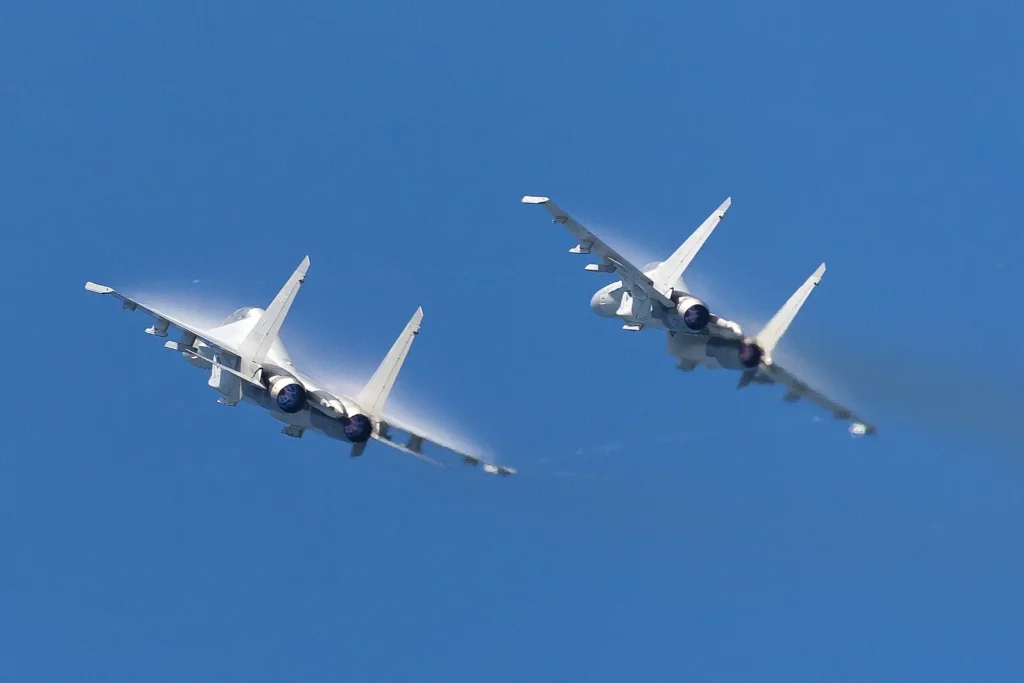
While the Russian invasion of Ukraine continues to capture the attention of U.S. policymakers, China keeps its pressure on Taiwan with large-scale aerial incursions.
Chinese fighter jets and bombers continue to routinely violate Taipei’s sovereignty, increasing the risk of an accident that could lead to a war.
Mass aerial incursions
China continues its aggressive behavior against Taiwan with a record-high number of crossings close to and into Taipei’s air space.
Between September 11 and 18, more than 103 Chinese military aircraft operated close to or inside Taiwan’s exclusive air defense identification zone. (A country’s air defense identification zone includes its airspace and an additional wider area, which could be over land or water, where the country can control civil aviation.)
Chinese activity is largely taking place in the southwestern part of the Taiwanese air defense identification zone. (Taipei is located in the northern part of the island).
The Chinese aircraft involved in the intrusions include Chengdu J-10 fighter jets, Shenyang J-11 fighter jets, Shenyang J-16 fighter jets, Sukhoi Su-30 fighter jets, Xian H-6 bombers, Shaanxi KJ-500 Airborne Early Warning and Control (AWACS), Shaanxi Y-8 transport aircraft outfitted for anti-submarine warfare, Y-9 transport aircraft, Y-20 transport aircraft, and BKZ-005 unmanned aerial systems.
Notable in its absence is the Chengdu J-20 fifth-generation air superiority fighter jet. Essentially a copy of the American F-22 Raptor – the first stealth fighter jet in the world – the Chengdu J-20 is China’s most advanced aircraft today. The Chinese air force might be reserving its precious fifth-generation fighter jets, or the Taiwanese radars might not be picking them up.
Related: The King is dead: Why would America want to retire the F-22?
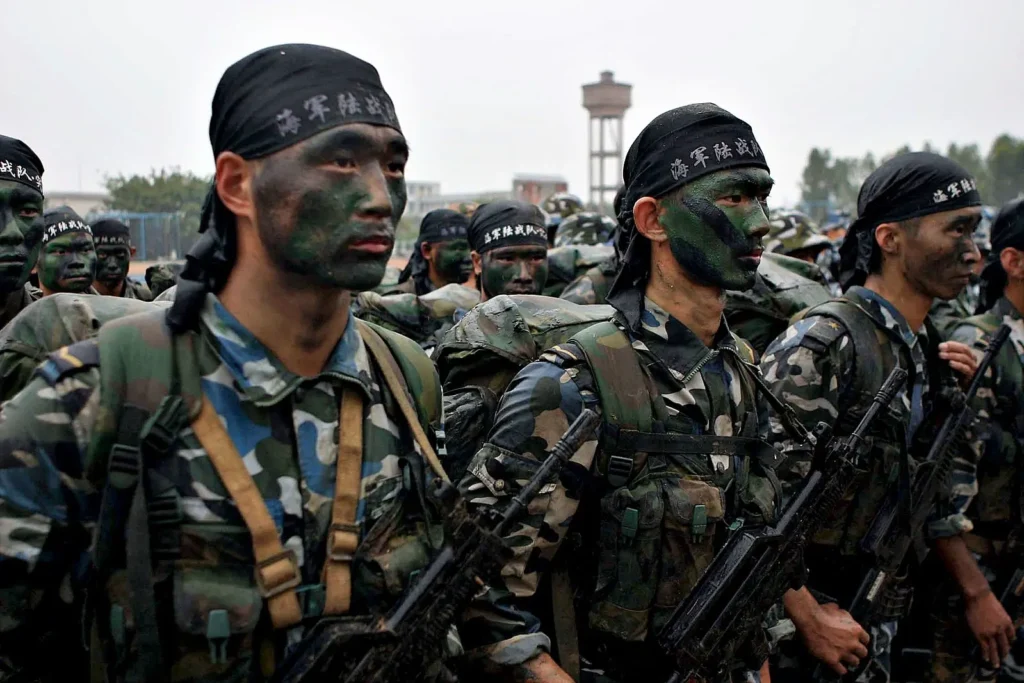
The Chinese air force is capable but still not on the level of Western air forces. Indeed, a clear admission of qualitative inferiority is the fact that Chinese intelligence officers have been recruiting Western fighter jet pilots to train their Chinese counterparts.
The Chinese Communist Party has been steadily ramping up pressure on its smaller island neighbor with air and naval incursions. A war in Taiwan could be catastrophic for the world economy and the rules-based system that has governed international relations since World War II.
Compared to China, Taiwan is tiny. With approximately 23 million people scattered around six major urban centers, Taiwan is at a serious disadvantage against a China of 1.4 billion people with almost three million men in military uniform.
One of the biggest deterrence factors that prevents Beijing from launching a full-scale invasion of its smaller neighbor is the possibility that the U.S. would come to Taipei’s aid.
Related: Watch: Chinese warship nearly collides with US destroyer near Taiwan
Taiwan and the United States
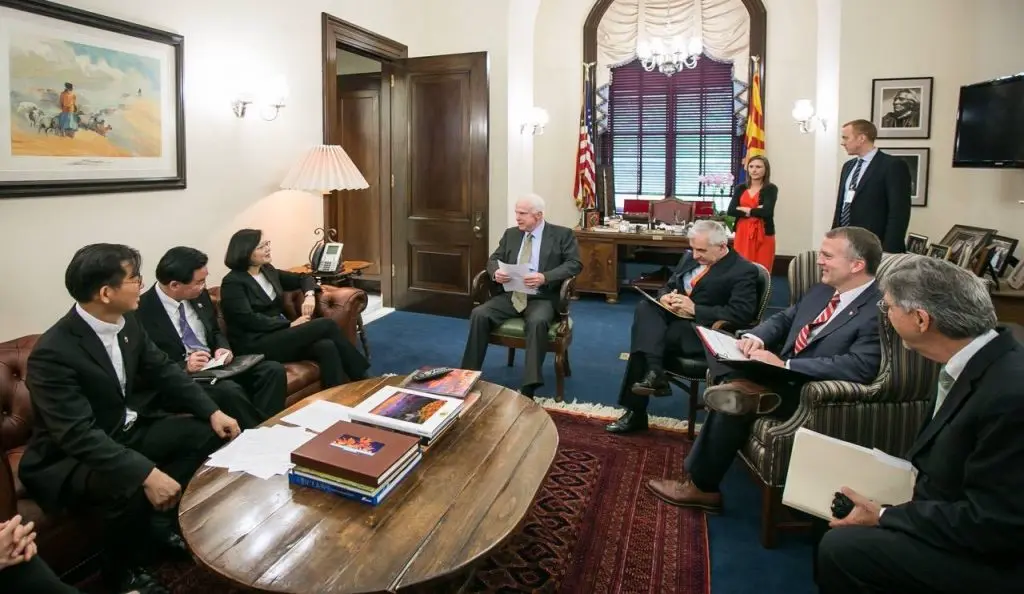
What would the U.S. do in the event of a Chinese invasion of Taiwan? That is the big question that policymakers in Washington, D.C., Beijing, and Taipei have been tackling for years.
To begin with, the U.S. doesn’t have a legal obligation to assist Taiwan in the event of a war, but that doesn’t mean that the U.S. won’t. As a result, U.S. foreign policy with respect to Taiwan for the past decades has been one of strategic ambiguity. U.S. policymakers have been intentionally vague mainly in an attempt to deter Chinese aggression. However, that almost changed last year.
In May 2022, during a visit to Japan, U.S. President Joe Biden rocked the waters when he indicated that the U.S. was willing to use military force to prevent a Chinese forceful unification with Taiwan.
“We agree with a one-China policy. We’ve signed on to it and all the intended agreements made from there. But the idea that, that [Taiwan] can be taken by force, just taken by force, is just not, is just not appropriate… that is the commitment we made,” Biden said.
White House officials were quick to underline that U.S. policy toward Taiwan hasn’t changed, but Biden’s remarks left the door open for U.S. military assistance to Taipei in the event of a war.
As China continues to ramp up pressure on Taiwan, using military aircraft and warships to scare Taipei, the U.S. position regarding the Pacific island country becomes more important.
Read more from Sandboxx News
- The Marine Corps is not struggling with recruiting and this may be due to its unique nature
- Army pauses retention cash bonuses amid sky-high reenlistment rate
- Incredible mortar-assembly challenges with the Green Berets
- What we have learned from the new B-21 Raider pictures
- Watch this rare combat footage of B-17 bombers raiding Germany
Related Posts
Sandboxx News Merch
-

‘AirPower’ Classic Hoodie
$46.00 – $48.00 Select options This product has multiple variants. The options may be chosen on the product page -

‘Kinetic Diplomacy’ Bumper Sticker (Black)
$8.00 Add to cart -

‘Sandboxx News’ Trucker Cap
$27.00 Select options This product has multiple variants. The options may be chosen on the product page
Stavros Atlamazoglou
Greek Army veteran (National service with 575th Marines Battalion and Army HQ). Johns Hopkins University. You will usually find him on the top of a mountain admiring the view and wondering how he got there.
Related to: Military Affairs

The unassuming Beretta Model 71 was the pistol of choice for some of Israel’s best units

How the military has influenced fashion through the decades
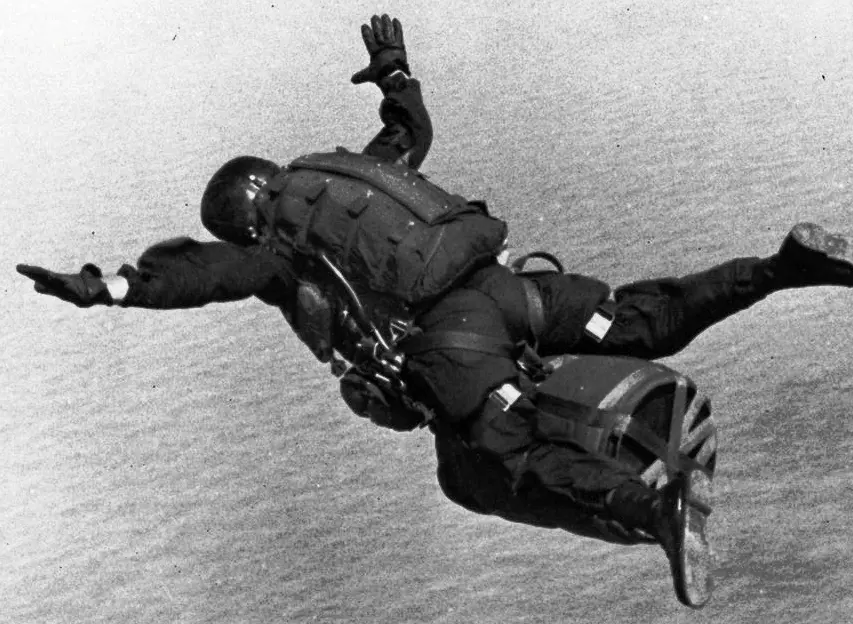
How Green Berets jumped from planes with a man-portable atomic bomb during the Cold War
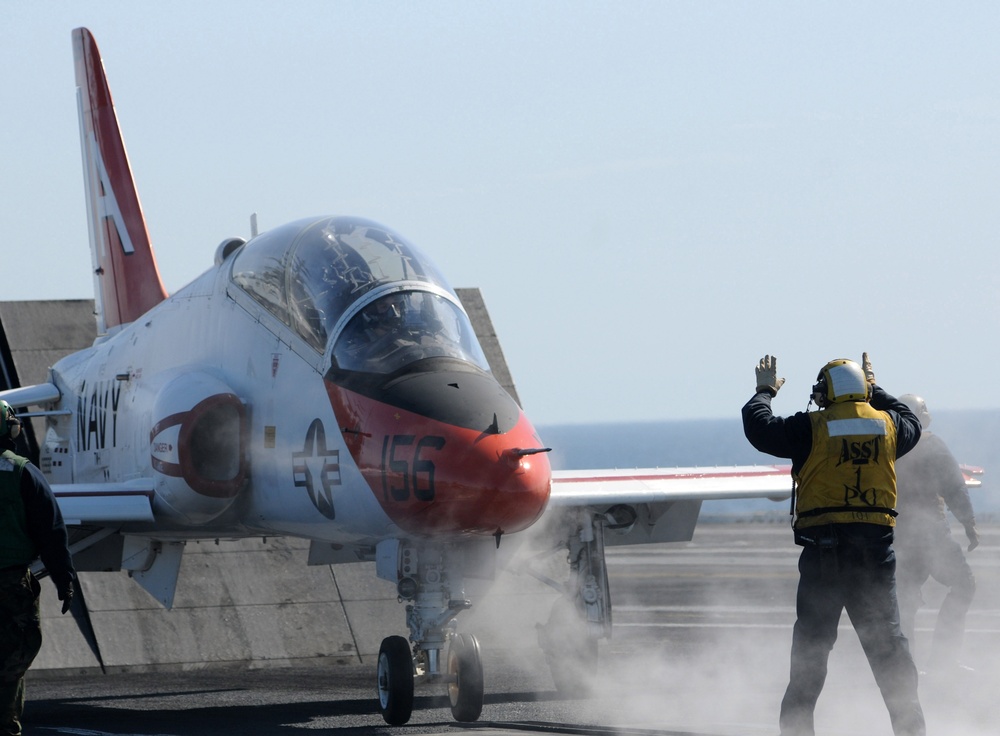
The Navy’s plan for its next trainer jet shows how carrier aviation has changed
Sandboxx News
-

‘Sandboxx News’ Trucker Cap
$27.00 Select options This product has multiple variants. The options may be chosen on the product page -

‘AirPower’ Classic Hoodie
$46.00 – $48.00 Select options This product has multiple variants. The options may be chosen on the product page -

‘AirPower’ Golf Rope Hat
$31.00 Select options This product has multiple variants. The options may be chosen on the product page -

‘Sandboxx News’ Dad Hat
$27.00 Select options This product has multiple variants. The options may be chosen on the product page
